From bean to bar:
chocolate production the Lindt way
- Like
- Digg
- Del
- Tumblr
- VKontakte
- Buffer
- Love This
- Odnoklassniki
- Meneame
- Blogger
- Amazon
- Yahoo Mail
- Gmail
- AOL
- Newsvine
- HackerNews
- Evernote
- MySpace
- Mail.ru
- Viadeo
- Line
- Comments
- Yummly
- SMS
- Viber
- Telegram
- Subscribe
- Skype
- Facebook Messenger
- Kakao
- LiveJournal
- Yammer
- Edgar
- Fintel
- Mix
- Instapaper
- Copy Link
Lindt & Sprüngli reveals to New Food the approach, detailed methods and considerations that go into producing its chocolate, while always keeping sustainability at its core.
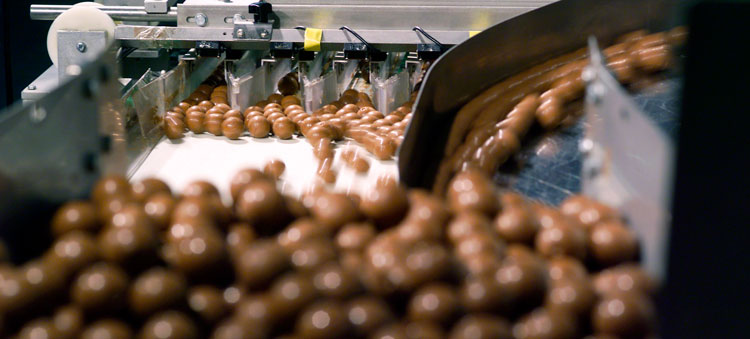

© Lindt & Sprüngli
How do you store and handle your raw ingredients to ensure that they are in optimum condition when you are ready to use them?
Our premium chocolate products must meet high quality and safety standards. We therefore take our responsibility very seriously when it comes to sourcing raw materials, processing the ingredients, and general food safety. Our very stringent standards are set down in writing in our product specifications and are regularly monitored. Our products are only allowed to leave the factory if we are confident that they meet our quality standards.
Lindt & Sprüngli transports its raw materials and ingredients under fully controlled conditions with suppliers that meet our requirements to guarantee the premium quality of our end products.
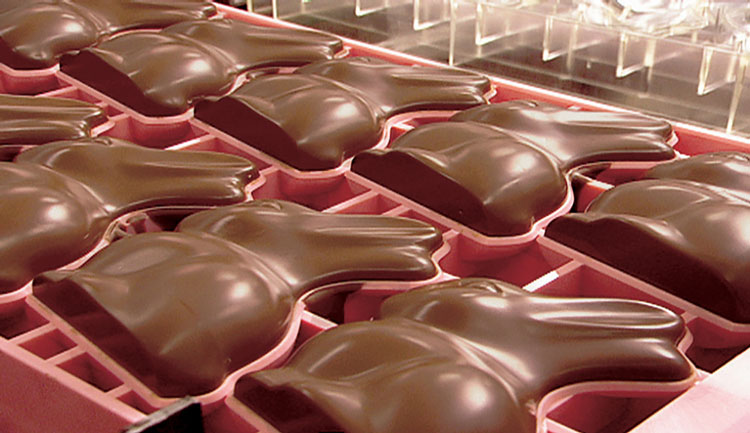

© Lindt & Sprüngli
What design considerations are employed in Lindt chocolate to ensure that there is no loss of flavour, that it does not absorb tastes or smells from its surroundings, and that it retains its ideal texture and consistency?
Our premium chocolates are exquisite food products with high-quality raw materials and ingredients. It is vital that our chocolate – made with so much attention – is adequately protected against external influences such as strong odours, moisture or light.
We invest in extensive testing of our chocolate products with the packaging materials and define the best combination of product and packaging material that guarantees the ideal texture, consistency and no loss of flavour. We choose the most suitable material to provide the optimum protection, to keep our products fresh, in excellent condition and to keep their unique aromatic properties. The materials we use cannot migrate into the chocolate.
What considerations have to be taken into account when transporting and storing your chocolate?
Lindt & Sprüngli controls the quality and humidity of its chocolate with a closed temperature and humidity system at a specified temperature along the entire production chain.
How do you determine the shelf life and/or best before date of Lindt chocolate?
We test each product extensively and determine the best before date according to the premium quality standards our products have to meet.
How do you recommend transport companies, retailers and consumers store their Lindt chocolate to ensure it remains in optimum condition?
We recommend to transport and store chocolate with no variation in temperature and in ideal conditions at a temperature between 14° to 18°C.
Turning cocoa beans into cocoa liquor


© Lindt & Sprüngli
After blending, the cocoa beans are placed in special machines for ‘winnowing’, where the husks are split open and removed by mechanical sifting and air currents, leaving behind the cocoa ‘nibs’. The nibs are then roasted using a specialised process, which is what gives the cocoa its unique aroma. Lindt & Sprüngli deliberately roasts just the nibs rather than the entire cocoa beans, to achieve a uniform roasting process. As with coffee, the cocoa beans may have a light or dark roast depending on their eventual use. It is a well-known fact that roasting certain foods not only makes them easier to digest, but also intensifies their aroma. This is why Lindt & Sprüngli also roasts all its hazelnuts and almonds in-house.
Soon afterwards, they are processed into the end product so as to ensure that the chocolate retains the delicate flavour of the roasted beans. Roasting requires a very sophisticated process that ensures a perfect match between roasting temperature and duration. The cocoa nibs, which have been roasted but are still relatively coarse, are then cracked and ground very finely in special mills. The heat created by the pressure and friction liquefies the cocoa butter contained in the beans to produce a thick paste known as cocoa mass. The cocoa mass is dark brown in colour and has a strong characteristic smell and flavour. It provides the basic material for the next stage of the chocolate-making process.
The cocoa mass is then mixed with other ingredients such as cocoa butter, sugar, vanilla, and dried milk powder (depending on the recipe), and ground even more finely in the Kilchberg factory. The chocolate mass is passed through the rolling mill twice to ensure it is reduced to the tiniest particle size possible. The extremely fine particles in the cocoa mass are what gives the chocolate its melt-in-the-mouth texture.
Lindt & Sprüngli is one of the few ‘bean-to-bar’ chocolate makers in the world, with full control of the production chain, from the selection of cocoa beans to the end product. On the one hand, this approach allows it to control the entire manufacturing process and thus guarantee product quality. On the other hand, this ensures its commitment to sustainability is maintained along the entire value creation chain.
Sustainability
For Lindt & Sprüngli, sustainability starts with the sourcing of raw and packaging material. To guarantee the sustainable and long-term supply of essential resources, it is committed to building long-term partnerships with suppliers and working towards full traceability of raw materials.
For its key raw materials, the company is committed to developing and maintaining long-term contractual relationships with suppliers. The cornerstone of its sustainable raw-material sourcing strategy is the Lindt & Sprüngli Farming Programme. Founded in 2008, the programme’s aim is to trace ingredients back to their origin and support farmers according to their specific needs. It capacitates and supports the farmers to apply good agricultural, social, environmental and business practices in the management of their farms. These measures have a positive impact on the agricultural development in origin countries. They help to safeguard the long-term suitability of land for agricultural use and foster access to rural infrastructure.
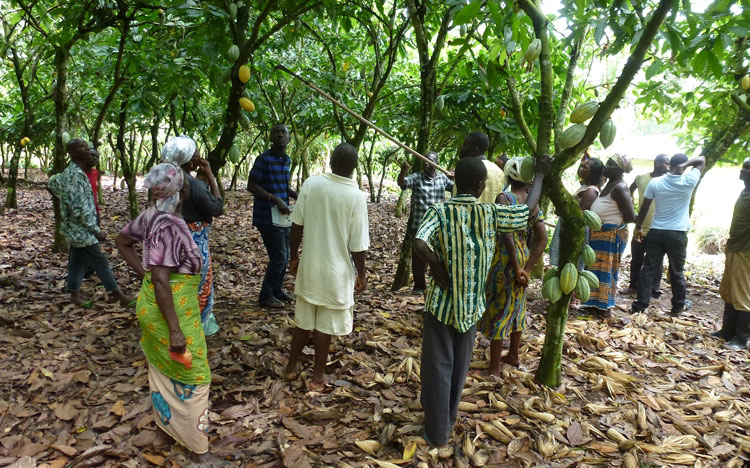

© Lindt & Sprüngli
The programme pays a voluntary price premium for every tonne of cocoa beans purchased, which is then invested in the traceability and verification of cocoa beans. Thus, the programme helps to boost farmers’ crop yields, thereby not only improving their livelihoods, but at the same time securing the long-term supply of premium cocoa beans for Lindt & Sprüngli.
Through the Farming Programme, the company can know the farmers delivering its raw materials and verify their social and environmental practices. It also tries to limit the involvement of intermediaries, thereby allowing producers to receive fair payment for their quality products. To achieve this, the Lindt & Sprüngli Supplier Code of Conduct, as well as the Lindt Cocoa Foundation, play an important role.
Supplier code of conduct
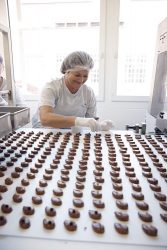

© Lindt & Sprüngli
The Lindt & Sprüngli Supplier Code of Conduct helps to implement this commitment to sustainability in its supply chain. The code establishes minimum standards, such as requirements regarding industrial wastewater treatment, air emission and environmental reporting.
The Code strictly prohibits corruption and bribery, discrimination and child labour. It insists on freely chosen employment, fair compensation and working conditions, as well as freedom of association and obligates suppliers to pass these principles on to sub-suppliers. A key prerequisite for purchasing orders is that suppliers sign the Lindt & Sprüngli Supplier Code of Conduct. Non-compliance with the code ultimately results in the termination of the suppliers’ contract.
The Lindt Cocoa Foundation
To further enhance sustainable procurement of ingredients, the company established a charitable foundation – the Lindt Cocoa Foundation. The foundation’s purpose is to work towards achieving social and ecological sustainability in the cultivation, production and processing of cocoa and other ingredients used in chocolate production. Thanks to the foundation, Lindt & Sprüngli’s previous sustainable ingredients procurement initiatives are being given a more significant focus with more resources to further intensify work.
Issue
Related topics
Quality analysis & quality control (QA/QC), Supply chain, Sustainability







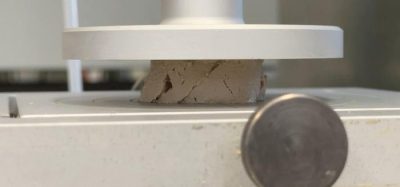

What countries provide milk for Lindt Sprungli chocolate?